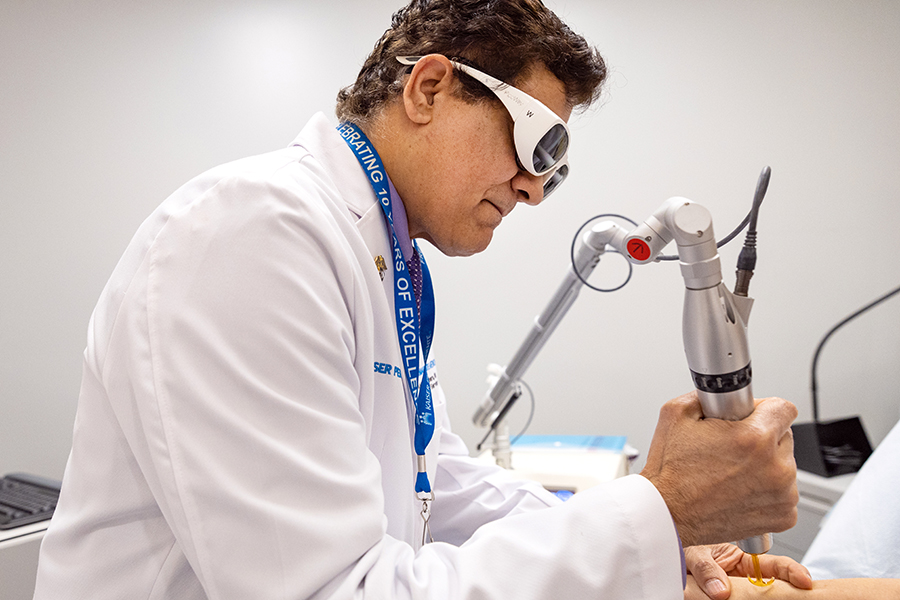September 6, 2022
Although a laparoscopic hysterectomy is less invasive, safer, and has a quicker recovery time than what is known as an open surgery (done through a large incision in the abdomen), approximately 24% of all hysterectomies are still done using open surgery in the U.S.
At Kaiser Permanente Northern California, however, the rate of open hysterectomies is only 3%, which provides an overwhelming majority of Kaiser Permanente Northern California members a significantly improved recovery experience.
“Our patients are able to go home the day of their surgery, eat their own food, sleep in their own bed, and require less recovery time and narcotic use,” said Monica Cheong, MD, assistant chair of the chiefs for Gyn Surgery for Kaiser Permanente Northern California. “This is not possible with open surgery.”
About 15 years ago, through innovation and technology, laparoscopic hysterectomies became safe and more widely available. Laparoscopic surgery uses a thin camera called a laparoscope that is inserted into the abdomen through a small incision.
In 2008, Kaiser Permanente Northern California created the Minimally Invasive Hysterectomy Initiative. “The goal of the initiative was to have a lower number of physicians performing the majority of minimally invasive surgeries to ensure consistency, low complication rates, and highly skilled surgeons,” said Dr. Cheong.
The rate of low-volume surgeons (those who perform less than 15 MIHs annually) dropped from 70% in 2008 to none today. As a result, Kaiser Permanente’s complication rates are significantly lower than the national average.
Decreasing racial disparity
This surgical quality improvement initiative also helped to significantly close a racial disparity gap. In 2008, for example, 28% of Black Kaiser Permanente Northern California members, 35% of Asian members, and 43% of Latino members received a minimally invasive hysterectomy (MIH) compared to 45% of white members.
Today, 90% or more of all racial ethnic groups are receiving MIHs. This is unique to Kaiser Permanente Northern California, as other studies in the U.S. continue to show racial disparities among women who get minimally invasive hysterectomies.
“This quality initiative took years of training, sharing of best practices, and a cultural shift for these incredible outcomes,” said Eve Zaritsky, MD, assistant residency program director of Minimally Invasive Gynecologic Surgery for Kaiser Permanente Northern California. “It is not enough to identify and describe racial inequities in health care. Action plans to provide equitable care are what is needed.”
This article originally appeared on MyKp.kp.org.






